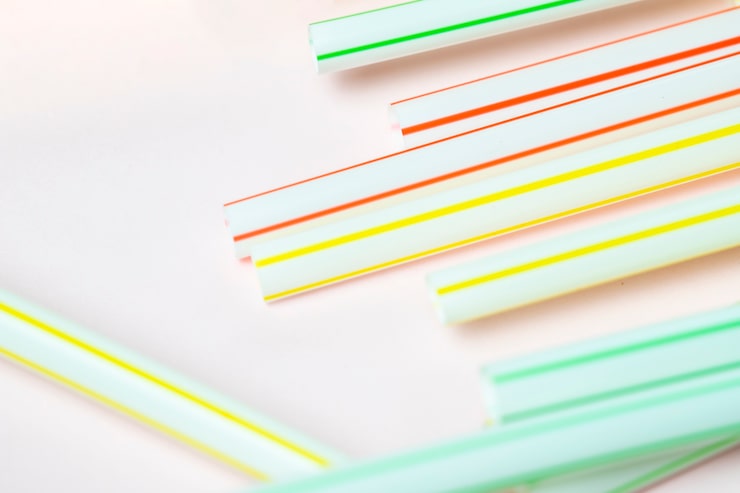Chlorinated Polyvinyl Chloride, commonly known as CPVC, has been widely used in plumbing, water distribution, and industrial piping due to its chemical resistance, high-temperature tolerance, and relatively easy installation. Despite these advantages, many engineers and homeowners ask, what is a disadvantage to CPVC, as recent trends have seen its usage decline in favor of newer materials like PEX and HDPE.
One of the primary disadvantages of CPVC is brittleness over time. While CPVC offers superior heat resistance compared to standard PVC, exposure to fluctuating temperatures, ultraviolet light, or certain chemicals can cause the material to lose flexibility. Over time, this can lead to cracking, especially in systems that experience high pressure or rapid temperature changes. In extreme cases, this brittleness can result in leaks or pipe failure, necessitating costly repairs or replacements.

Another significant disadvantage is installation sensitivity. CPVC relies on solvent cement to join pipes and fittings. Proper cleaning, priming, and application of the cement are critical for creating a strong, leak-free joint. Even minor mistakes during installation can compromise the integrity of the system. Compared to materials like PEX, which use mechanical fittings or fusion techniques, CPVC is less forgiving, increasing labor time and potential installation errors.
Chemical limitations also pose a challenge. While CPVC resists many common chemicals, it can be attacked by strong acids, alkalis, and solvents over prolonged periods. High chlorine levels in municipal water can also gradually degrade CPVC pipes. These limitations make it less suitable for certain industrial applications where chemical exposure is continuous or unpredictable.
Temperature is another consideration. Although CPVC can handle moderate heat, it is not ideal for very high-temperature water systems or industrial fluids that exceed its rated capacity. Prolonged exposure to near-maximum temperatures accelerates aging and reduces service life, making CPVC less reliable for applications requiring long-term durability under extreme conditions.
Additionally, environmental concerns contribute to its disadvantages. CPVC is not easily recyclable, and disposal of old or damaged pipes can generate hazardous waste if incinerated. Increasing focus on sustainable construction and environmentally friendly materials has led engineers to prefer alternatives that are more recyclable or have lower environmental impact, such as PEX or HDPE.
Another practical disadvantage is cost and availability. While CPVC itself is moderately priced, the labor-intensive installation process can make total system costs higher than flexible piping solutions like PEX. Furthermore, with declining use in residential construction and industrial projects, CPVC components may be less readily available in certain regions, creating potential supply challenges.
Despite these disadvantages, CPVC still offers benefits in specific applications, such as moderate-temperature chemical piping or certain fire sprinkler systems. However, the combination of brittleness, chemical sensitivity, installation challenges, and environmental concerns limits its adoption in modern plumbing and industrial systems.
The trend in contemporary construction and manufacturing shows a preference for materials that offer durability, flexibility, chemical resistance, and ease of installation. Understanding what is a disadvantage to CPVC helps engineers, designers, and homeowners make informed choices, ensuring that piping systems meet performance expectations and regulatory standards while minimizing maintenance and replacement costs over time.


